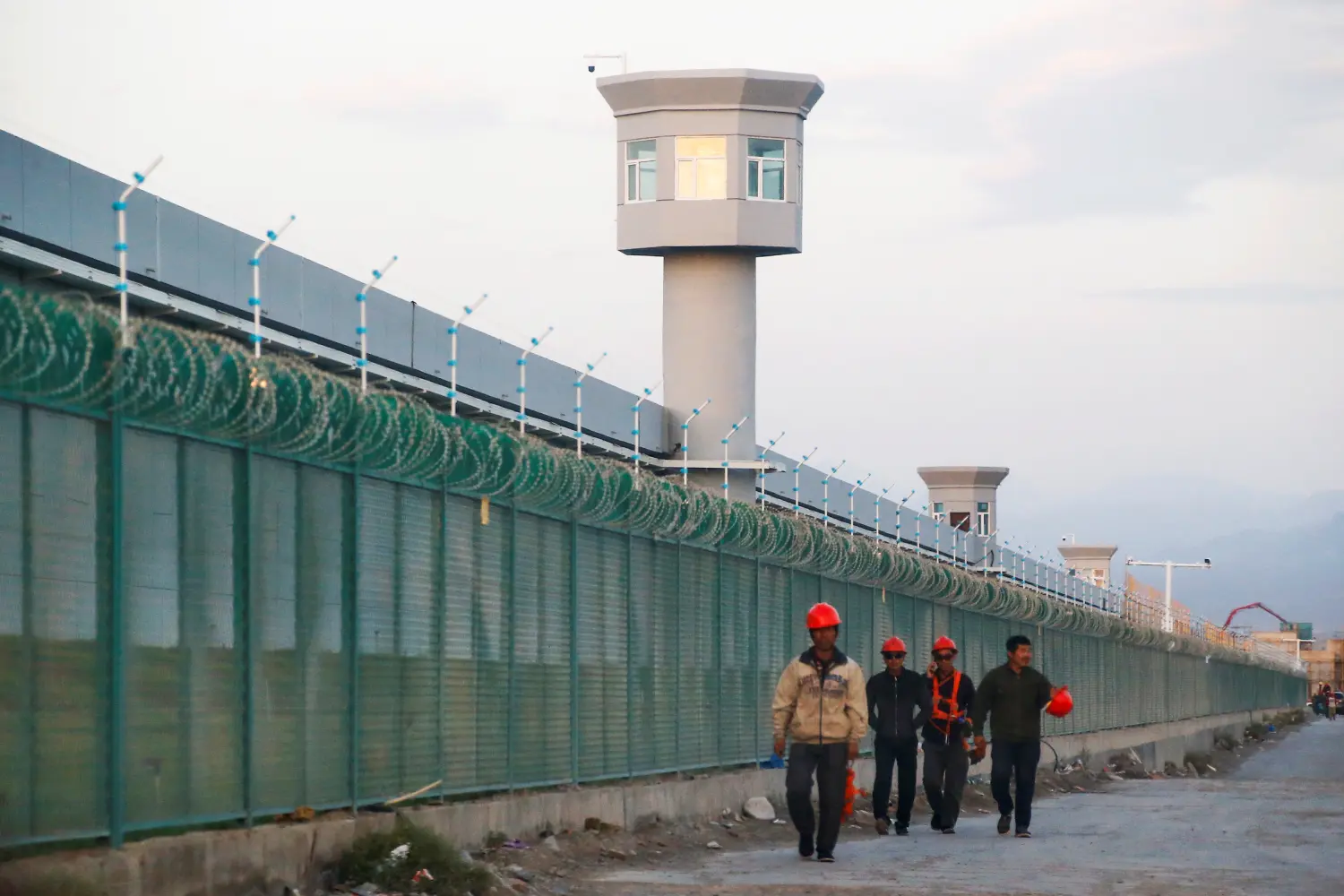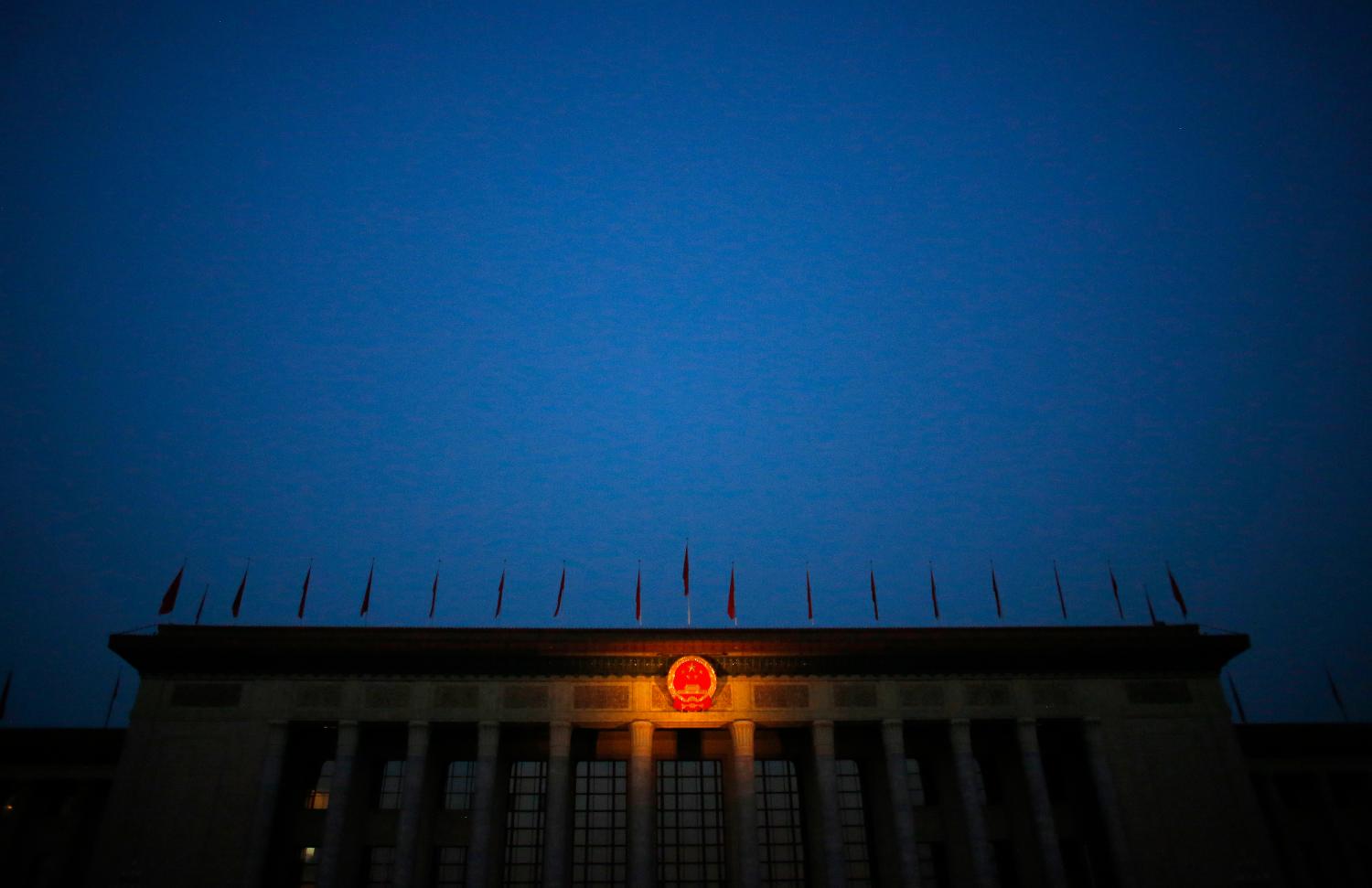Executive Summary
 Chinese Communist Party (CCP) policies towards Xinjiang have increased colonial development, further eroded Uyghur autonomy through force and ethnic assimilationism, and co-opted the “Global War on Terror” framing to portray all Uyghur resistance as “terrorism.” Since 2016, an intensified regime of technologically-driven mass surveillance, internment, indoctrination, family separation, birth suppression, and forced labor has implicated the provinces and municipalities of eastern China that fund the Xinjiang gulag through the Pairing Assistance Program, as well as potentially thousands of Chinese and international corporations that directly and indirectly supply and benefit from the system.
Chinese Communist Party (CCP) policies towards Xinjiang have increased colonial development, further eroded Uyghur autonomy through force and ethnic assimilationism, and co-opted the “Global War on Terror” framing to portray all Uyghur resistance as “terrorism.” Since 2016, an intensified regime of technologically-driven mass surveillance, internment, indoctrination, family separation, birth suppression, and forced labor has implicated the provinces and municipalities of eastern China that fund the Xinjiang gulag through the Pairing Assistance Program, as well as potentially thousands of Chinese and international corporations that directly and indirectly supply and benefit from the system.
Today, more than 1,400 Chinese companies are providing facial, voice, and gait recognition capabilities as well as additional tracking tools to the Xinjiang public security and surveillance industry. While a handful of these companies have been placed on the U.S. Department of Commerce’s Bureau of Industry and Security’s (BIS) Entity List, limiting their access to imported components, this sanctioning has not yet significantly arrested these companies’ development. While it is infeasible to sanction every company operating in or associated with Xinjiang, it is still of great concern that many companies have evaded scrutiny and continue to perpetuate oppression today. Furthermore, Western companies continue to sell Chinese firms core hardware such as chips and storage solutions, for which China currently lacks viable homegrown alternatives.
To meet these challenges and increase public awareness, we provide a slate of policy recommendations for the United States, its allies, and China. These include that the United States’ messaging strategy must more clearly articulate the intended aims of its policy actions on Xinjiang, including but not limited to the closure of its internment camps, the reduction of surveillance, and the elimination of “pre-criminal” profiling of Xinjiang’s indigenous peoples. The Uyghur Human Rights Policy Act of 2020 and the Tariff Act of 1930 should be resolutely applied to address forced labor and other repression. BIS and the State Department, along with academics, researchers, and NGOs, should publicly report on Chinese surveillance companies’ supply chains to close alternative solutions loopholes and increase corporate due diligence. Candidates for the Entity List should also be informed by a public repository of rights abuses in Xinjiang and beyond. To achieve these goals, State Department-run Track 1 dialogues and the newly formed Inter-Parliamentary Alliance on China (IPAC) and Global Partnership on AI (GPAI) should also develop an allied set of principles and goals for countering the global expansion of China’s surveillance approach, as well as proposing alternative surveillance technology standards at the United Nations’ International Telecommunications Union. U.S. allies should strengthen refugee and cultural protection for Uyghurs, and apply sanctions to responsible entities and individuals.
The Brookings Institution is committed to quality, independence, and impact.
We are supported by a diverse array of funders. In line with our values and policies, each Brookings publication represents the sole views of its author(s).






